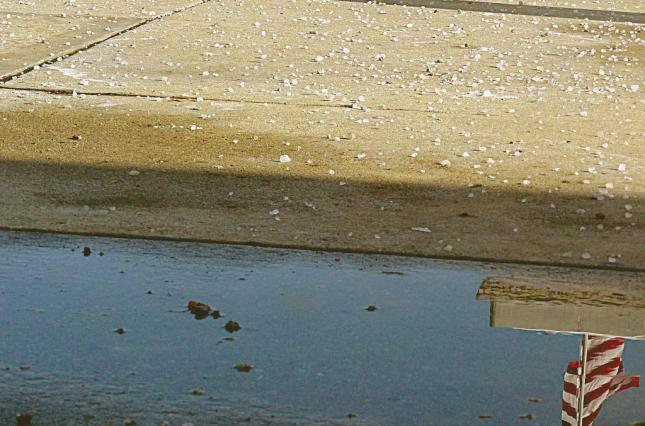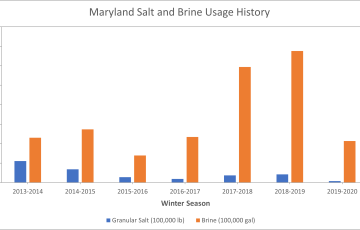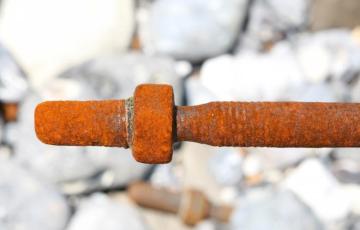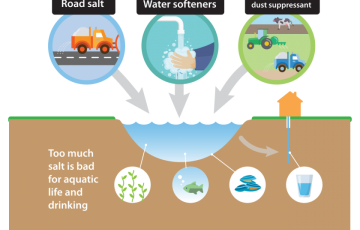
Use Salt to Melt Ice? Here Are Some Tips So You Don’t Pollute Your Favorite Lakes and Rivers!
Water is part of who we are in Minnesota. But lakes and creeks in our cities are getting salty. Fifty lakes and streams in Minnesota have tested above EPA standards for salt!
Learn More




